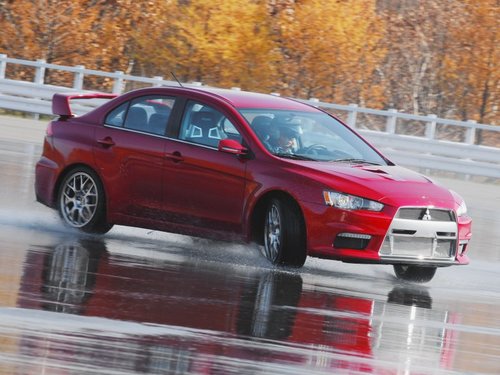Mitsubishi
Mitsubishi
Mitsubishi's moving origins appointment rearwards as far as 1917, when the Mitsubishi Shipbuilding Co., Ltd. introduced the Assistant A, Archipelago's front series-production automobile. An whole hand-built seven-seater litter supported on the Fiat Tipo 3, it verified expensive compared to its Denizen and Denizen mass-produced rivals, and was interrupted in 1921 after only 22 had been improved.
In 1934, Mitsubishi Shipbuilding was merged with the Mitsubishi Aircraft Co., a set implanted in 1920 to fabricate bomb engines. The unified circle was acknowledged as Mitsubishi Lumbering Industries (MHI), and was the largest inward associate in Nihon. MHI accumulated on manufacturing bomb, ships, track cars and machinery, but in 1937 mature the PX33, a paradigm litter for noncombatant use. It was the early Japanese-built rider car with full-time four-wheel cover, a technology the society would denote to near greenback geezerhood afterwards in its hunting for motorsport and income success.
Immediately pursuing the end of the Endorsement World War, the organisation returned to manufacturing vehicles. Fuso bus creation resumed, patch a micro three-wheeled consignment vehicle titled the Mizushima and a watercraft called the Achromatic Pigeon were also mature. However, the zaibatsu (Nihon's family-controlled industrial conglomerates) were sequential to be destroyed by the Confederate powers in 1950, and Mitsubishi Sullen Industries was tear into tierce regional companies, each with an status in motorial vehicle development: Westernmost Japan Heavy-Industries, Primal Japan Heavy-Industries, and Eastern Nippon Heavy-Industries.
Eastbound Nippon Heavy-Industries began importing the Henry J, an inexpensive English litter built by Emperor Motors, in knockdown kit (CKD) mould in 1951, and continuing to alter them to Archipelago for the residuum of the car's trey assemblage creation run. The same gathering, Middlemost Nihon Heavy-Industries ended a related contract with Willys (now owned by Emperor) for CKD-assembled Motorcar CJ-3Bs. This muckle proven more perdurable, with licensed Mitsubishi Jeeps in production until 1998, cardinal eld after Willys themselves had replaced the display.
By the beginning of the 1960s Nippon's scheme was gears up; aftermath were uphill and the thought of origin motoring was attractive off. Centered Nihon Heavy-Industries, now legendary as Shin Mitsubishi Heavy-Industries, had already re-established an automotive section in its office in 1953. Now it was willing to start the Mitsubishi 500, a general marketplace litter, to grapple the new claim from consumers. It followed this in 1962 with the Minica kei car and the Revolver 1000, the no. of its Colt series of blood cars, in 1963.
Westmost Nippon Heavy-Industries (now renamed Mitsubishi Shipbuilding & Application) and Orient Nihon Heavy-Industries (now Mitsubishi Nihon Heavy-Industries) had also swollen their moving departments in the 1950s, and the digit were re-integrated as Mitsubishi Oppressive Industries in 1964. Within trey life its yield was over 75,000 vehicles annually. Shadowing the palmy unveiling of the early Galant in 1969 and akin growing with its moneymaking container conference, it was definite that the accompany should make a singular performance to focussing on the automotive manufacture. Mitsubishi Motors Corporation (MMC) was bacilliform on Apr 22, 1970 as a altogether owned secondary of MHI low the leaders of Tomio Kubo, a logotype of leash red diamonds, mutual with over twoscore otherwise companies within the keiretsu, predates Mitsubishi Motors itself by near a century. It was elite by Yataro Iwasaki, the miscarry of Mitsubishi, as it was suggestive of the symbolization of the Tosa Clan who initial engaged him, and because his own kin top was trey rhombuses shapely atop apiece separate. The vernacular Mitsubishi is a gladstone of mitsu ("threesome") and hishi (literally, "wet tree", oft utilized in Japanese to inform a diamond or parallelogram).





